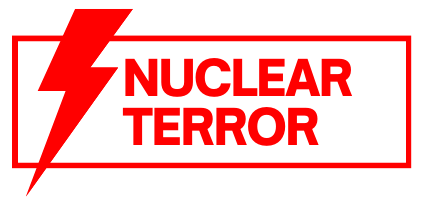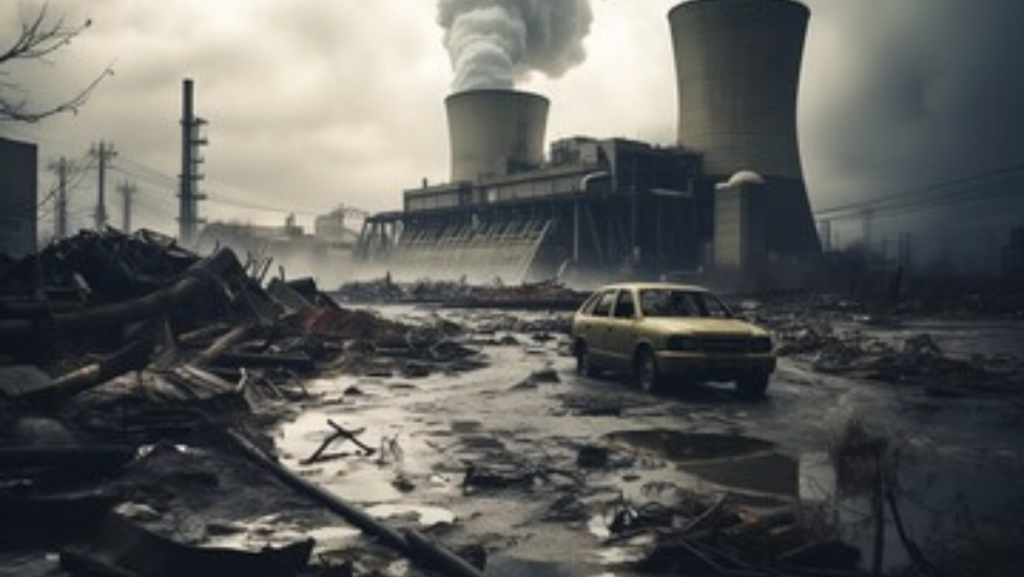Are you curious about the current nuclear threat level? Look no further. In this article, we will delve into the historical context, global weapons stockpile, disarmament efforts, actions of nuclear-armed states, geopolitical tensions, and risks in nuclear security. By analyzing these factors, we aim to provide an objective and informative perspective on the current state of affairs. Stay informed and gain a better understanding of the potential risks and potential solutions.
Historical Context of Nuclear Threat
To understand the current nuclear threat level, it is important to delve into the historical context of nuclear threats. The historical context provides us with insights into the factors that have shaped and influenced the current state of nuclear proliferation.
The roots of nuclear proliferation can be traced back to the development of the atomic bomb during World War II. The bombings of Hiroshima and Nagasaki in 1945 demonstrated the devastating power of nuclear weapons and marked the beginning of the nuclear age. The subsequent arms race between the United States and the Soviet Union during the Cold War intensified the global nuclear threat.
During the Cold War, the world witnessed a rapid increase in the number of countries seeking to develop their own nuclear weapons. This period was characterized by a tension between the two superpowers, with both sides engaging in an arms race to maintain their military dominance.
The spread of nuclear weapons beyond the original nuclear powers has been a significant concern in recent decades. The Nuclear Non-Proliferation Treaty (NPT), which entered into force in 1970, aimed to prevent the further spread of nuclear weapons. However, some countries have chosen to pursue nuclear weapons capabilities, further complicating the global nuclear threat landscape.
State of Global Nuclear Weapons Stockpile
Let’s now turn our attention to the state of the global nuclear weapons stockpile. One of the key points to consider is the recent disarmament efforts undertaken by certain countries to reduce their nuclear arsenals. Additionally, it is important to examine the potential emergence of new nuclear powers and their impact on the global nuclear threat level. By analyzing these points, we can gain a deeper understanding of the current state of the global nuclear weapons stockpile.
Recent Disarmament Efforts
You can gain insight into the current state of the global nuclear weapons stockpile by examining recent disarmament efforts. Disarmament progress refers to the reduction or elimination of nuclear weapons in the possession of states. Non-proliferation efforts aim to prevent the spread of nuclear weapons to additional countries. These efforts are crucial in maintaining global security and reducing the risk of nuclear conflict. In recent years, there have been both positive and negative developments in disarmament. On the positive side, the New START treaty between the United States and Russia has been extended, limiting the number of deployed strategic nuclear weapons. However, there are concerns about the lack of progress in nuclear disarmament talks with North Korea and the withdrawal of the United States from the Iran nuclear deal. Overall, the current state of the global nuclear weapons stockpile requires continued efforts towards disarmament and non-proliferation.
Emerging Nuclear Powers?
Continuing from the previous subtopic on recent disarmament efforts, let’s now explore the state of the global nuclear weapons stockpile and discuss the emergence of potential nuclear powers. The threat of emerging nuclear powers adds another layer of complexity to the already delicate situation surrounding nuclear proliferation. It is crucial to closely monitor countries that are developing nuclear capabilities to prevent any potential threats to global security. The table below provides a visual representation of the current state of global nuclear weapons stockpile and the countries that possess nuclear weapons.
| Country | Number of Nuclear Weapons |
|---|---|
| USA | 5,800 |
| Russia | 6,375 |
| UK | 215 |
| France | 290 |
| China | 320 |
Nuclear proliferation remains a concern as more countries seek to acquire nuclear weapons. It is essential for the international community to strengthen non-proliferation efforts and maintain effective diplomatic channels to address emerging nuclear threats.
Nuclear Disarmament Efforts and Treaties
Now let’s turn our attention to the efforts made towards nuclear disarmament and the impact of treaties in achieving this goal. It is important to assess the progress that has been made globally in disarmament initiatives and evaluate the effectiveness of nuclear treaties. By examining the current state of disarmament efforts and the impact of these treaties, we can gain insights into the prospects for future disarmament and the potential reduction of the nuclear threat.
Global Disarmament Progress
Significant progress has been made in global disarmament efforts through the implementation of various nuclear disarmament treaties. These treaties have played a crucial role in progress tracking and fostering international cooperation. One notable treaty is the Treaty on the Non-Proliferation of Nuclear Weapons (NPT), which aims to prevent the spread of nuclear weapons and promote disarmament. The NPT has been signed by 191 countries, making it one of the most widely accepted disarmament treaties. Another important treaty is the Treaty on the Prohibition of Nuclear Weapons (TPNW), which prohibits the development, testing, production, possession, and use of nuclear weapons. Although the TPNW has not been ratified by all nuclear-armed states, its existence contributes to the global disarmament dialogue and serves as an incentive for further progress. Overall, these treaties demonstrate the international community’s commitment to reducing the global nuclear threat.
Impact of Nuclear Treaties
By implementing various nuclear disarmament treaties, you have made significant progress in reducing the global nuclear threat. The impact of nuclear treaties on disarmament efforts has been instrumental in promoting peace and stability. One of the most notable treaties is the Treaty on the Non-Proliferation of Nuclear Weapons (NPT). This treaty has been effective in preventing the spread of nuclear weapons and encouraging disarmament among signatory states. Another significant treaty is the New Strategic Arms Reduction Treaty (START). This treaty has contributed to the reduction of strategic nuclear weapons between the United States and Russia. The Comprehensive Nuclear-Test-Ban Treaty (CTBT) has also played a crucial role in curbing nuclear testing. While challenges and violations still exist, these treaties have demonstrated the effectiveness of multilateral efforts in reducing the global nuclear threat.
Future Disarmament Prospects?
As we continue to explore the future disarmament prospects, let’s delve further into the ongoing efforts and impact of nuclear disarmament treaties. Despite the challenges in negotiations, there are several future disarmament initiatives that hold promise in reducing the global nuclear threat:
- The Treaty on the Prohibition of Nuclear Weapons (TPNW): Adopted in 2017, this treaty aims to completely eliminate nuclear weapons. Although not yet ratified by all nuclear-armed states, it has garnered significant support from non-nuclear weapon states.
- New START Treaty: This treaty, signed between the United States and Russia in 2010, limits the number of deployed strategic nuclear weapons. Its extension until 2026 provides an opportunity for further negotiations and potential arms control measures.
- Comprehensive Nuclear-Test-Ban Treaty (CTBT): Although not yet in force, this treaty prohibits all nuclear test explosions. Its ratification by the remaining eight Annex 2 states would strengthen the global norm against nuclear testing.
While future disarmament efforts face numerous challenges, these initiatives demonstrate the international community’s commitment to reducing the nuclear threat and moving towards a world free of nuclear weapons.
Actions of Nuclear-Armed States
You may occasionally hear about the actions taken by countries with nuclear capabilities. These nuclear-armed states have different strategies when it comes to their nuclear weapons proliferation. Some countries, like the United States and Russia, have adopted a policy of maintaining a large nuclear arsenal as a deterrent against potential threats. They believe that having a strong nuclear capability will prevent other countries from attacking them. On the other hand, there are countries like North Korea that have actively pursued the development of nuclear weapons despite international opposition. They see nuclear weapons as a means to ensure their own security and gain leverage in international negotiations.
In recent years, there have been concerns about the actions of nuclear-armed states. For example, there is ongoing tension between the United States and Iran over the latter’s nuclear program. The United States has accused Iran of pursuing nuclear weapons, while Iran insists that its program is peaceful. This has led to diplomatic efforts to reach a resolution and prevent further escalation.
Geopolitical Tensions and Nuclear Deterrence
Geopolitical tensions and nuclear deterrence play a crucial role in shaping the current nuclear threat level. The complex interactions between nations and their pursuit of power and security have a direct impact on the stability of the global nuclear landscape. Here are three key points to consider:
- Geopolitical tensions: The world is currently experiencing a number of geopolitical tensions that have the potential to escalate into nuclear conflicts. Conflicts in regions such as the Korean Peninsula, the Middle East, and Eastern Europe have heightened concerns about the use of nuclear weapons. The actions of nuclear-armed states in these regions can have far-reaching consequences for global security.
- Nuclear deterrence: The concept of nuclear deterrence is based on the idea that possessing nuclear weapons can prevent adversaries from attacking. It relies on the belief that the threat of retaliation will deter any potential aggressor. However, the effectiveness of nuclear deterrence is constantly being tested as new technologies and strategies emerge. The balance of power between nuclear-armed states and the credibility of their deterrent capabilities play a significant role in shaping the nuclear threat level.
- Escalation risks: Geopolitical tensions and nuclear deterrence are closely intertwined, and any miscalculations or misunderstandings can lead to unintended escalation. The potential for accidental nuclear war or the use of nuclear weapons in response to conventional conflicts is a constant concern. The delicate balance between deterrence and avoiding catastrophic outcomes requires constant vigilance and diplomatic efforts to manage tensions and prevent the use of nuclear weapons.
Understanding the dynamics of geopolitical tensions and nuclear deterrence is essential for assessing the current nuclear threat level. It highlights the need for diplomatic negotiations, arms control agreements, and confidence-building measures to reduce tensions and promote global peace and security.
Risks and Challenges in Nuclear Security
The risks and challenges in nuclear security are multifaceted and require constant vigilance to ensure the prevention of nuclear proliferation and the safeguarding of nuclear materials. A critical component of nuclear security is conducting comprehensive risk assessments to identify potential vulnerabilities and threats. These assessments consider factors such as the physical protection of nuclear facilities, the reliability of security systems, the potential for insider threats, and the risk of cyberattacks.
Security measures play a crucial role in mitigating the identified risks. These measures include the implementation of robust physical security systems, such as surveillance cameras, intrusion detection systems, and access controls. Additionally, personnel training and awareness programs are essential to ensure that individuals with access to nuclear materials understand their responsibilities and are equipped to detect and respond to potential security breaches.
International cooperation is also vital in addressing the risks and challenges in nuclear security. Collaborative efforts among countries can enhance information sharing, intelligence gathering, and the development of best practices. International organizations, such as the International Atomic Energy Agency (IAEA), play a key role in assisting states in implementing effective security measures and conducting regular security assessments.
Future Outlook and Potential Solutions
Continuing the discussion on risks and challenges in nuclear security, a key focus for the future is finding potential solutions to enhance global cooperation and strengthen security measures. As technology advances and the world becomes more interconnected, there are several potential challenges that need to be addressed in order to maintain effective nuclear security. Here are three innovative solutions that could help mitigate these challenges:
- Advanced Detection Systems: Developing and implementing advanced detection systems can significantly enhance nuclear security. These systems can detect and identify radioactive materials, helping to prevent their unauthorized acquisition or use. By investing in research and development, countries can improve their ability to detect nuclear threats and respond effectively.
- International Collaboration: Strengthening international collaboration is crucial in addressing nuclear security challenges. By sharing information, best practices, and resources, countries can work together to identify and mitigate potential threats. International organizations, such as the International Atomic Energy Agency (IAEA), play a vital role in facilitating this collaboration and promoting global nuclear security standards.
- Cybersecurity Measures: With the increasing reliance on digital systems in the nuclear industry, cybersecurity has become a critical aspect of nuclear security. Developing robust cybersecurity measures that protect against cyber threats and unauthorized access is essential. This includes implementing secure networks, regularly updating software, and training personnel to recognize and respond to cyber attacks.


